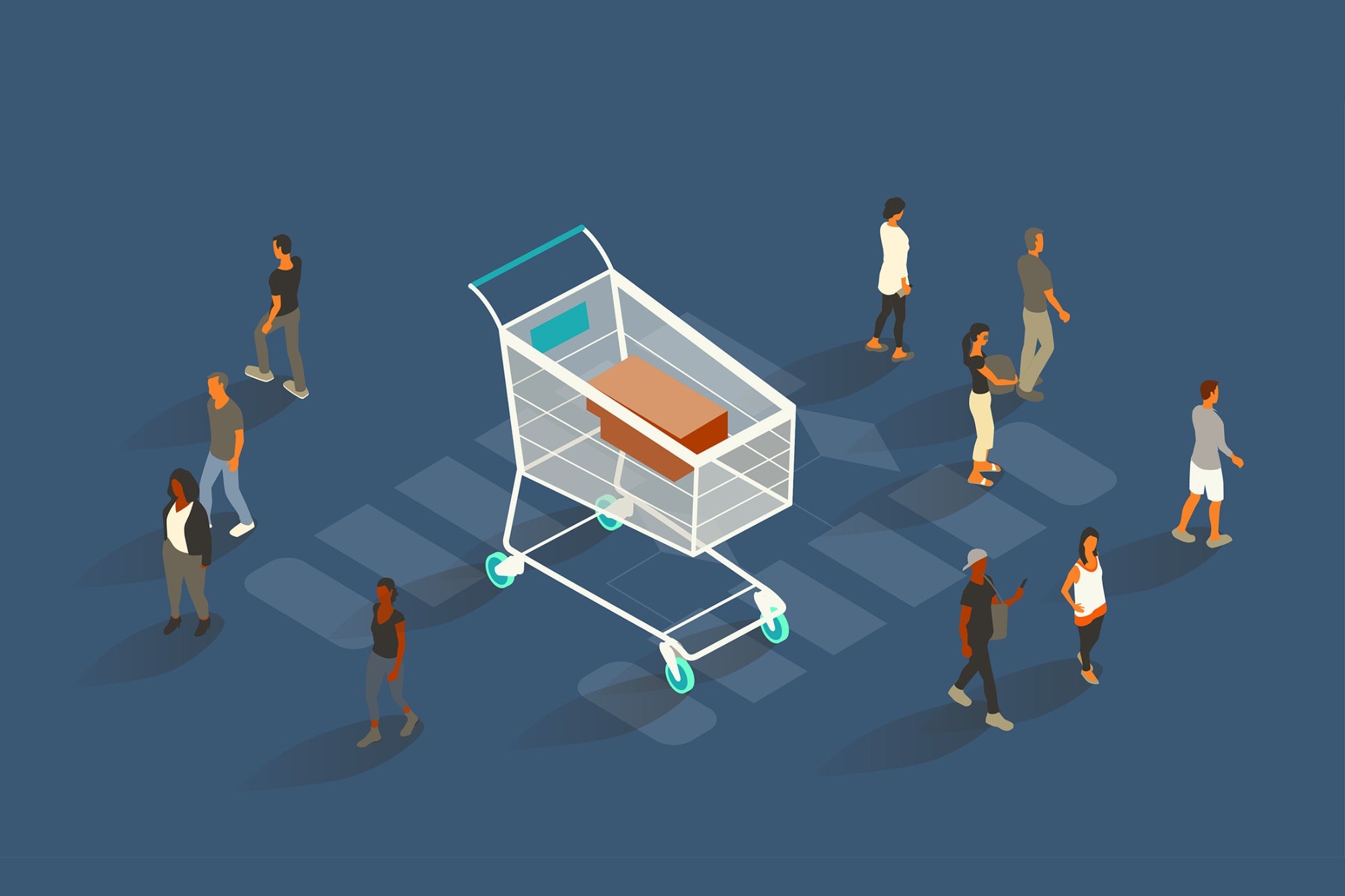Opinions expressed by Entrepreneur contributors are their own.
Poor pricing always comes with a profit margin, whatever the category or product you have. In 2024, returns in ecommerce reached $743 billion, almost 15% of all retail sales in the US. A significant part of these returns would not have happened if priced right.
Such errors are not only responsible for lost revenue but also come with missed customers, eroded market share and shattered brand trust.
The good news? I’m about to share five proven ways that you can use to help your sales grow.
Related: An Entrepreneur’s Guide to Startup Pricing Strategies
1. Dynamic pricing
The retail landscape in 2025 is more tense than ever. Real-time competitor activity, demand shifts, stock levels monitoring and scraping, all while using AI-driven tools, make it now easier than ever to adjust prices within a few seconds. This allows ecommerce brands to remain agile and competitive without manually updating listings.
Take Airbnb as an example. Their ‘Smart Pricing’ tool fine-tunes nightly rates based on seasonality, local events and demand spikes. Hosts using Smart Pricing are nearly four times more likely to receive bookings and report a 12% increase in revenue, on average.
By automating price decisions, you can react instantly to the market, run A/B tests to identify price sensitivity and keep your margins healthy even in crowded categories.
2. Competitive pricing
The US e‑commerce market, worth $1.19 trillion in 2024, is projected to hit $1.29 trillion by the end of 2025. Such growth always comes with fierce competition, requiring competitive pricing, which is named as a top priority when making a purchase by 46.8% of online shoppers.
Competitive pricing means strategically changing your prices, depending on other players on the market and your value proposition. It’s often used by businesses selling similar products with little differentiation, where everyone is fighting for the same customer.
Walmart and Amazon are stuck in a constant pricing battle. Walmart uses competitive pricing backed by dynamic algorithms, closing its price gap with Amazon by 3% and even reducing prices by 4% on Amazon’s top‑selling products. This approach has helped Walmart remain a strong competitor in fast‑moving categories like grocery and packaged goods.
If you’re in a competitive niche, monitor competitor pricing regularly and use dynamic or AI‑powered tools to adjust in real time.
Related: A Marketer’s Guide To Successfully Navigating A Price War
3. Value-based pricing
Value-based pricing focuses on what customers are willing to pay based on perceived value, not just production cost. This approach positions you for better margins and long-term loyalty.
Apple is the gold standard here, with its customers staying loyal despite being in quite a premium segment with high prices. People see how a company invests in innovation, user experience and brand prestige and that’s when they’re willing to pay more. As of Q1 2025, Apple held a 19% share of global smartphone shipments, up from 16% the year before.
Start by understanding what value means to your audience. Gather feedback, analyze market perception and position your brand clearly.
4. AI-driven pricing
In 2025, over 60% of enterprise SaaS products embed AI features, many of which are used for pricing optimisation and personalisation.
AI-driven pricing uses machine learning to analyse customer behaviour, competitor prices, supply levels and market trends in real time. Then, the system determines the ideal price point to maximise both conversions and profitability.
Google Workspace recently raised prices by 17–22% after integrating AI features into every business plan. By bundling AI capabilities directly into its offering, Google increased perceived value and reduced churn, even with a higher price tag.
For ecommerce businesses, the takeaway is clear: invest in AI tools that integrate with your existing platforms (ERP, BI, CRM). Make sure to monitor the financial impact, avoid abrupt price shifts and allocate resources to maintain and update your AI models for continued accuracy.
Related: AI’s Role Is Up to You — These 4 Rules Make the Difference
5. Promotional pricing
Temporary discounts with urgency are one of the simplest ways to attract new customers and boost sales. It can come in many forms: percentage discounts, flash sales, coupon codes or free shipping. A 2024 Statista study found that 62% of online shoppers are motivated to buy when offered a promo code, especially via email or social media.
McDonald’s changed its McValue platform in the US to add popular options like the $5 Meal Deal and ‘Buy One, Add One for $1’. These promotions are forecasted to drive revenue growth to $27.4 billion in 2025 – a 5.1% year‑on‑year increase.
Incorporate promotions into your broader marketing and financial strategy to drive short‑term sales, clear inventory or launch new products.
Pricing is a living, evolving part of your business that can influence your profits and, what’s more, customers’ trust. Data-driven strategies can help you course-correct quickly. The best way to increase sales is to adapt your strategies as markets change and combine dynamic, competitive, value‑based, AI‑driven and promotional pricing.
Poor pricing always comes with a profit margin, whatever the category or product you have. In 2024, returns in ecommerce reached $743 billion, almost 15% of all retail sales in the US. A significant part of these returns would not have happened if priced right.
Such errors are not only responsible for lost revenue but also come with missed customers, eroded market share and shattered brand trust.
The good news? I’m about to share five proven ways that you can use to help your sales grow.
The rest of this article is locked.
Join Entrepreneur+ today for access.


